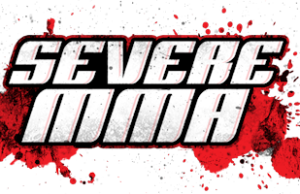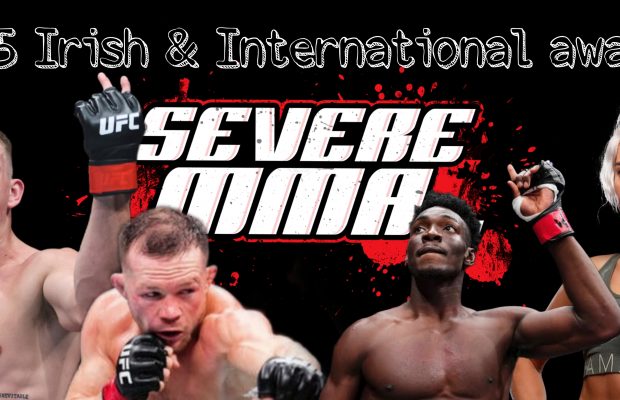Bangladesh is no exception to the rule that sports are integral to any culture. Cricket, football, hockey, and other international sports have strong roots in the modern nation. Because of their broad popularity, particularly in metropolitan areas, these traditional sports dominate the national scene.
Traditional sports, however, have been a part of the country’s culture for generations. More popular ones may have supplanted these sports, but they are essential to the country’s history and culture. Thankfully, inhabitants in rural areas have preserved the tradition throughout the years, and they often have celebrations where these games play a central role.
This article will look at the role that traditional sports have in Bangladesh in preserving the country’s rich cultural history.
Ha-du-du (Kabaddi)
Traditionally spelled ha-du-du, kabaddi has become one of Bangladesh’s most famous indigenous sports across Asia. Two teams of seven players each compete in this physical contact sport.
The “raider” of one team must sneak across to the other side, tag one or more of the other team’s players, and make it back to his side without being detected. To complete a raid and return to his half in under 30 seconds, the raider must hold his breath and recite the word “Kabaddi” the whole time.
Kabaddi is a significant element of Bangladeshi tradition. The Mughal Empire is credited with popularizing it, although historians think it’s rooted in ancient India. Kabaddi is an intense sport requiring quick reflexes, powerful muscles, and stamina.
For those curious about Ha-du-du, a traditional sport from Bangladesh, you can download the Parimatch app to familiarize yourself with the sport and even stake in it. The ancient game of ha-du-du consists of two teams trying to tag each other while without breathing. Martial arts and acrobatics have found their way into the game as it has developed.
Boli Khela
Boli Khela is the traditional style of wrestling in Bangladesh. The contemporary version of Boli Khela was created by Abdul Jabbar Saodagar in 1909. However, the sport has been as far back as the Mughal Empire.
Legend has it that Saodagar used Boli Khela matches to prepare young people to resist British colonial control during and after World War One. The name of the game comes from the Bangladeshi terms “Boli,” which means “powerful or strong person,” and “Khela,” which means “game.” So it’s a straightforward metaphor for a battle between two influential individuals.
Boli Khela matches are held on a dirt or sandy arena, either square or circular. It’s a full-contact sport where you’ll need to learn techniques like joint locks, clinch fights, pins, and other grappling holds, as in wrestling and other similar sports.
Kho Kho
Kho kho is a traditional fast-paced sport played in Bangladesh for hundreds of years. It is a team sport similar to kabaddi, with two teams of nine players. While racing around the field, the “chaser” from one team must use their hands to tag the other team members.
The player who was tagged then takes on the role of chaser, while the one pursuing them returns to their squad. When all of one team’s players have been organized, the game ends, and the other side wins.
Kho-kho is an intense sport that involves speed, agility, and stamina. It’s also a strategy game since teams must coordinate their moves to win. Because of its significance in Bangladeshi culture, the game should be maintained for future generations to enjoy during festivals and other cultural events.
Lathi Khela
The Bangladeshi game of Lathi Khela has been played for generations. This kind of martial art uses a long bamboo club in its battles. One who engages in this activity is referred to as “Lathial.” Played between two people or teams, Lathi is a game where the aim is to hit your opponent without being struck. The game tests one’s physical prowess.
Lathi Khela’s popularity may decline, but it’s still crucial to Bangladesh’s history and culture; thus, it should be preserved. It is often heard during modern celebrations such as weddings and parties. Thankfully, the Bangladesh Olympic Association has officially recognized the sport, and efforts are underway to establish it as a national sport in Bangladesh.
Lathi Khela has always been significant culturally, but it has also been a tool of revolt and resistance. Lathials exploited their football prowess to rebel against the British colonial government in Bangladesh. Bravery, solidarity, and fighting back against oppression that’s what Lathi Khela represents. Including in national tournaments and the Olympic Association recognizes it is a great way to honor the sport’s historical importance and its part in the war for independence.
Conclusion
Bangladesh’s traditional sports serve as entertainment and a method of preserving the country’s rich cultural heritage. These games have been performed for generations and are essential to the nation’s culture. Despite the widespread popularity of contemporary sports, traditional sports in Bengal remain dear to the hearts of many, particularly in the country.






0 comments